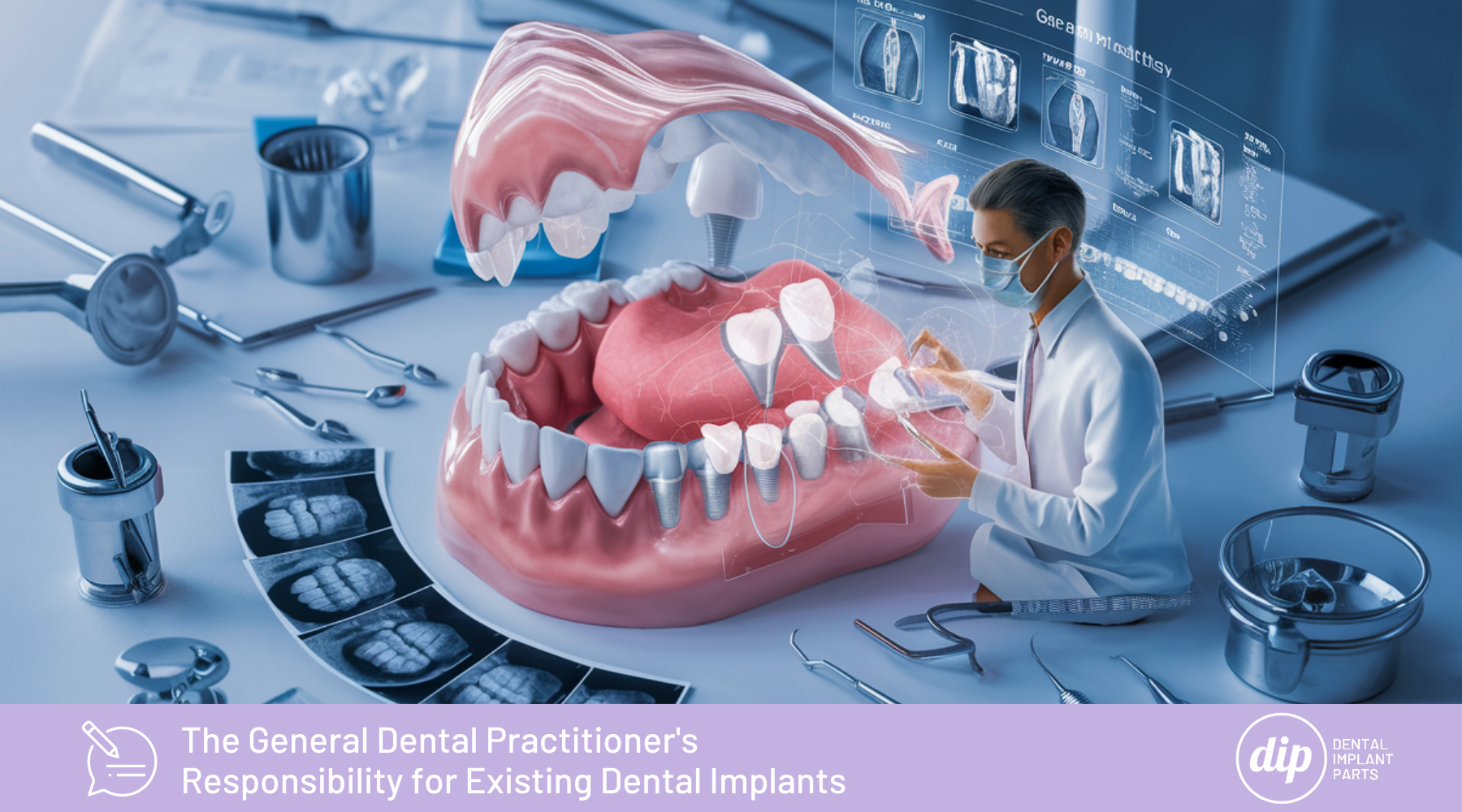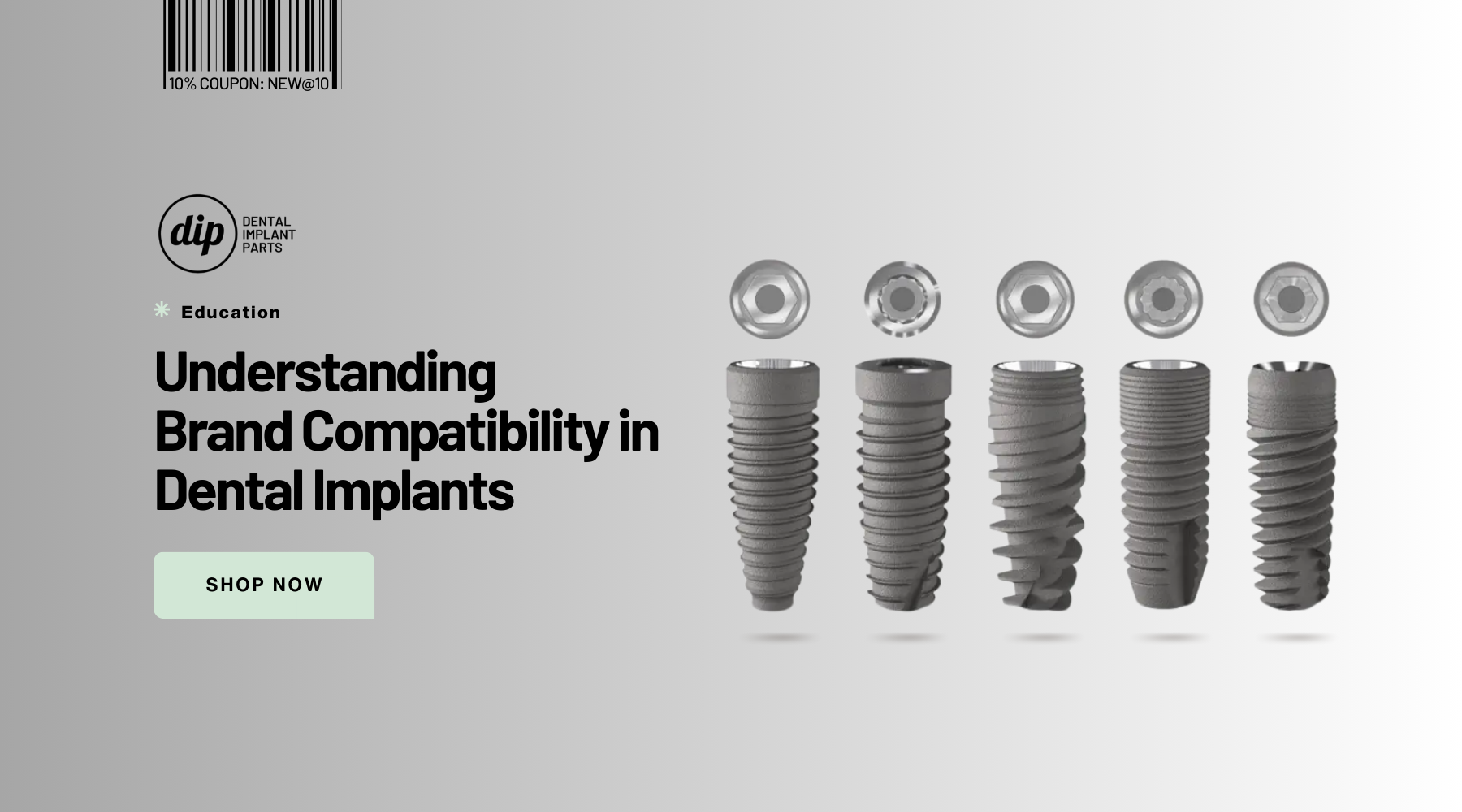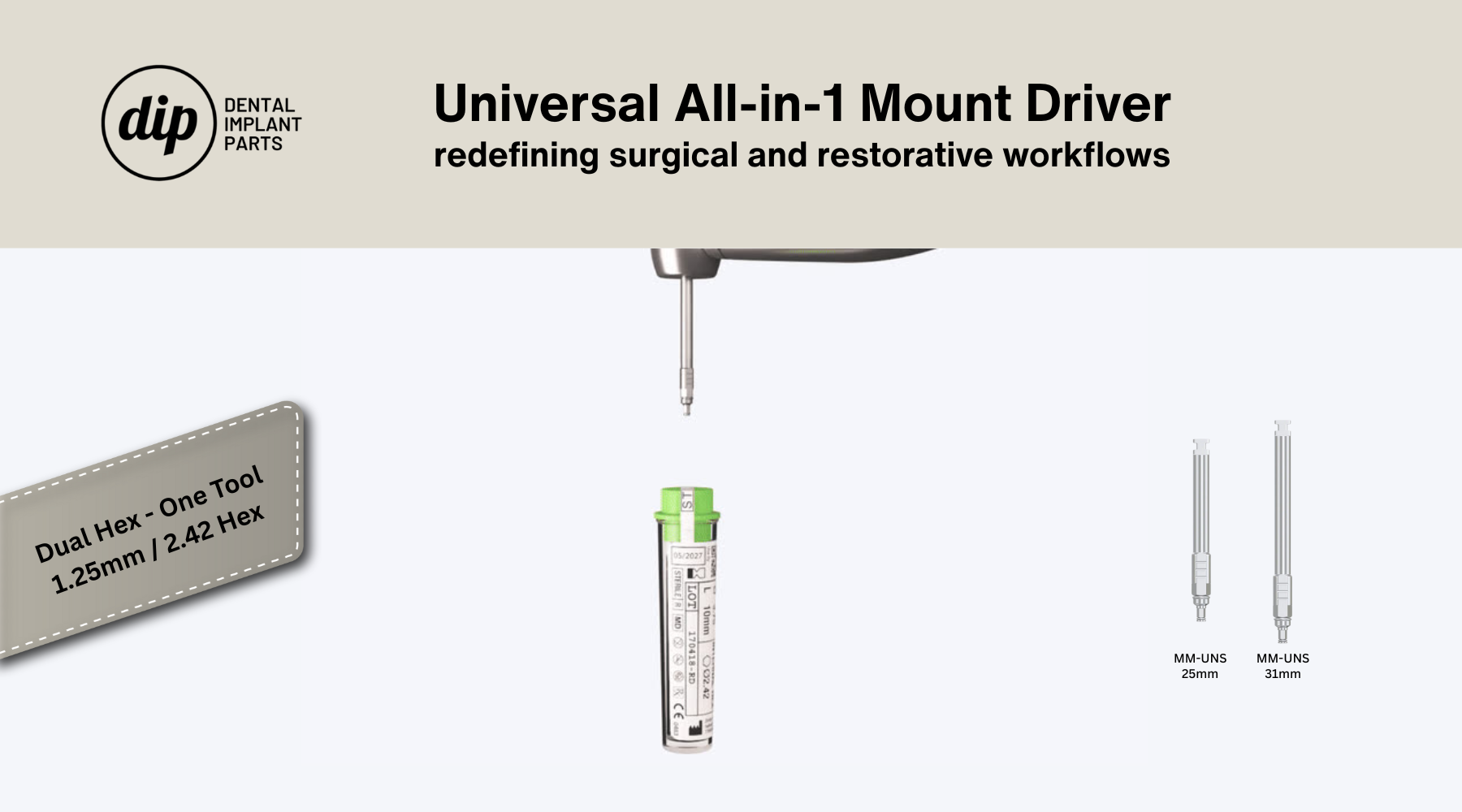The increasing popularity of dental implants has led to a situation where general dental practitioners (GDPs) may encounter patients with pre-existing implants placed by other clinicians. This article explores the legal and ethical considerations surrounding a GDP's responsibility for such implants, offering guidance on monitoring, maintenance, and navigating potential challenges.
The Growing Landscape of Implant Dentistry
The dental implant market is booming, with an anticipated annual growth rate of 6.5% over the next decade. This translates to a higher likelihood of encountering patients with implants placed by other dentists, potentially using unfamiliar implant systems and dental implant parts.
Duty of Care and Patient Communication
Despite not placing the implant themselves, a GDP has a duty of care towards the patient. This includes monitoring the existing implants during routine examinations and informing the patient of their responsibility to maintain them properly, whether through a pre-existing maintenance plan or a new one established by the GDP.
Ethical Considerations and Resources
Ethical principles dictate that the GDP has a responsibility to the patient's overall dental health. This includes addressing the existing implants, even if placed by another dentist. Fortunately, several resources are available to assist GDPs unfamiliar with implant management. The Association of Dental Implantology (ADI) provides recommended clinical parameters for monitoring implant health during routine examinations.
Assessing Existing Implants and Patient Understanding
When encountering pre-existing implants, the GDP should take the following steps:
- Gather Information: Determine who placed the implant and if the original implantologist has an ongoing care plan.
- Evaluate Patient Awareness: Assess the patient's understanding of their implants, including the importance of proper maintenance and potential consequences of neglect.
Existing Maintenance Plan with Implantologist
If a maintenance plan with the original implantologist is in place, the GDP should document this in the patient's records and ensure the patient continues the recommended follow-up appointments. A typical schedule might involve an initial follow-up six months after implant loading, followed by regular examinations every 6-12 months depending on the individual case.
Absence of Existing Maintenance Plan
If the patient has no existing maintenance plan or is unable to continue with the original implantologist, the onus falls on the GDP to monitor the implant health.
Monitoring Techniques for Existing Implants
For GDPs with limited implant experience, the ADI recommendations offer valuable guidance:
- Peri-Implant Tissue Health: This is paramount and includes assessing bleeding on probing, probing depths, and the presence of plaque, pus, or implant mobility.
- Radiographic Assessment: Compare crestal bone levels to a baseline radiograph using a reference point like the implant shoulder.
- Other Considerations: Assess and reinforce plaque control, monitor any underlying medical conditions (e.g., diabetes), evaluate occlusal integration and harmony to identify potential trauma, and review the fit of removable prostheses.
- Probing: Utilize a standard metal periodontal probe for regular six-point charting. However, avoid detailed probing during the first three months after abutment connection to prevent soft tissue damage.
- Implant Mobility: Check mobility for free-standing implant restorations with a percussion test. Avoid removing restorations to assess stability.
The Importance of the Dental Team
GDPs working with hygienists and therapists should ensure these team members are familiar with the adopted maintenance protocol for existing implants. The specific instruments and techniques for scaling, calculus removal, and implant polishing can vary depending on the professional's judgment.
Referral Considerations
If concerning signs arise during implant monitoring, such as peri-implant disease or suspected implant failure, a referral to a specialist with expertise in implant management may be necessary.
Medico-Legal Considerations: The Buck Stops Here
While a GDP may not place implants themselves, they take on the responsibility for their ongoing care once a patient becomes their regular provider. This includes monitoring existing implants, arranging referrals if needed, and ensuring the patient receives appropriate and consistent implant care.
Conclusion
The increasing presence of pre-existing implants in general dental practice necessitates a clear understanding of the associated responsibilities. By familiarizing themselves with recommended monitoring techniques and ethical considerations, GDPs can confidently manage these patients and contribute to the long-term success of their dental implants.




